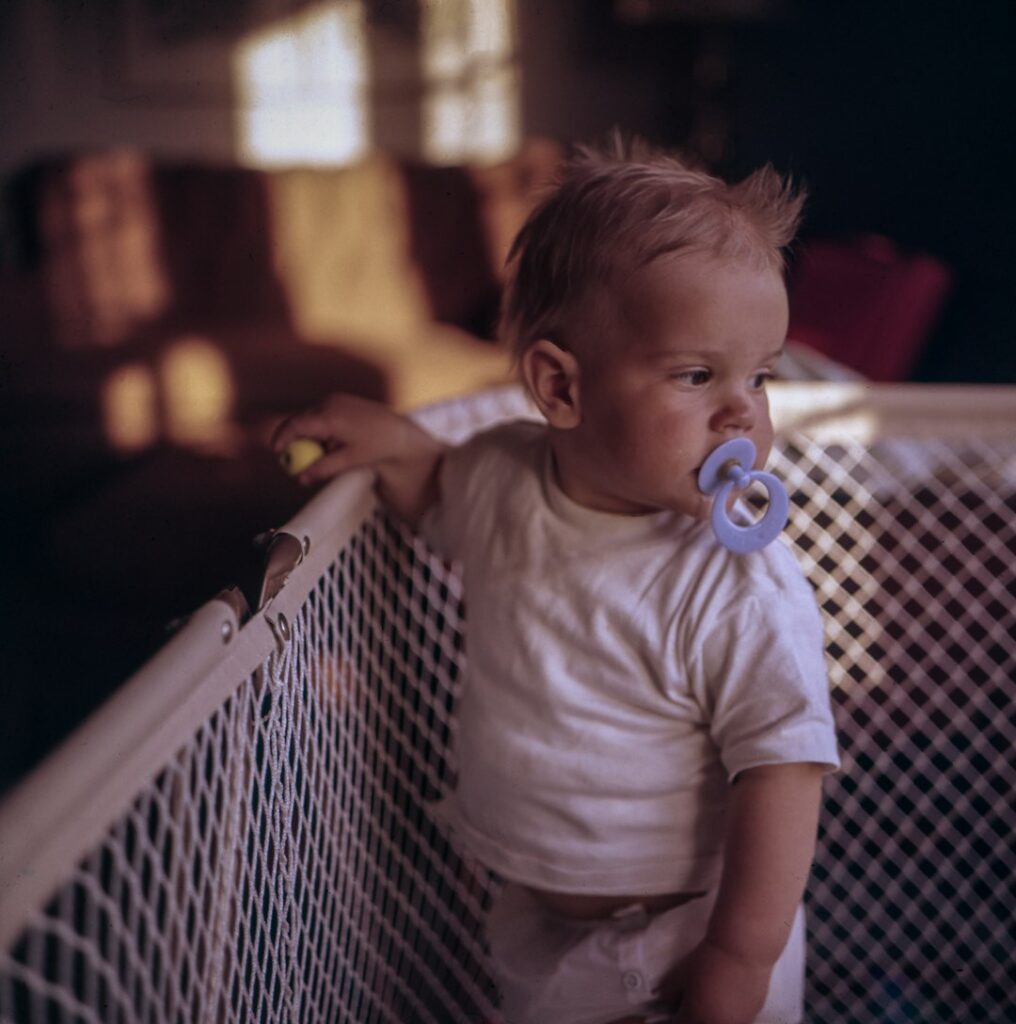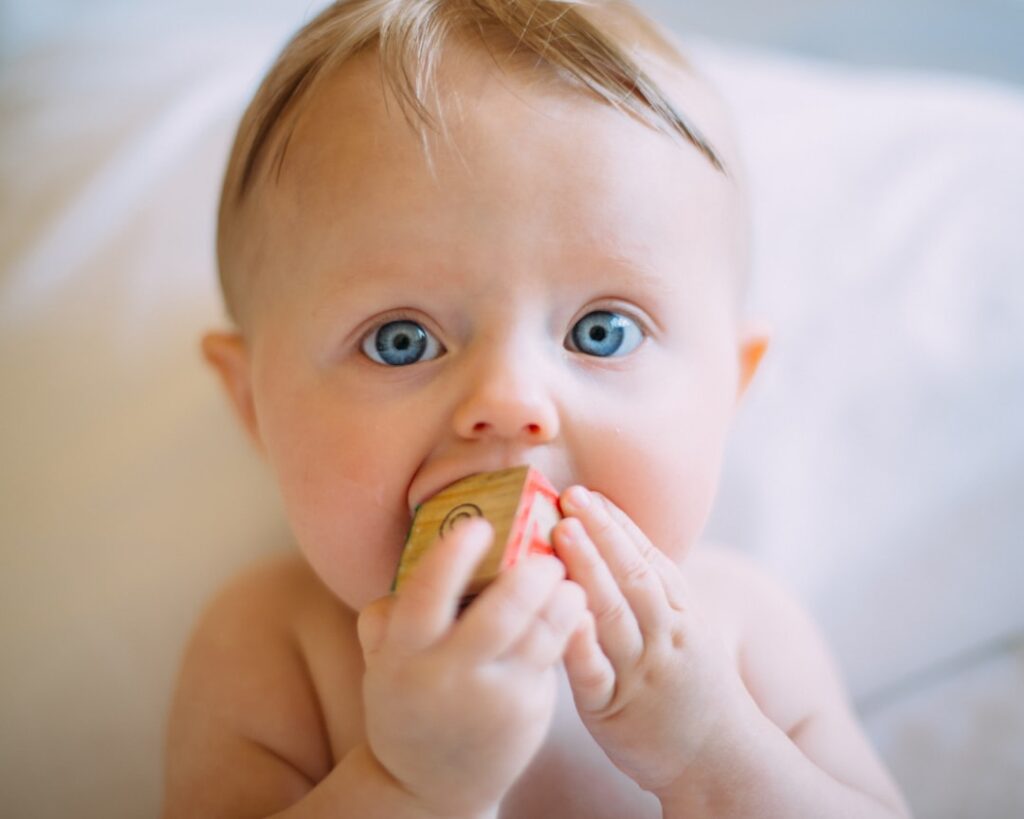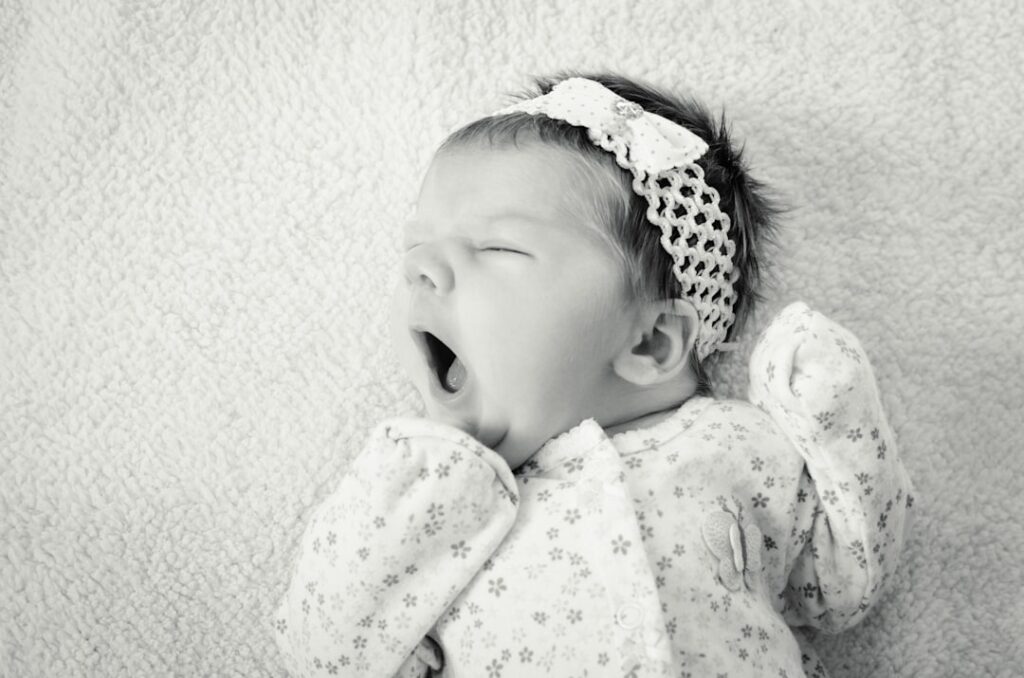Baby Short Naps: Causes and Solution
Baby Short Naps: Causes and Solution Read More »
NapsIs your baby taking short naps and leaving you feeling frustrated and exhausted? You’re not alone. Many parents struggle with their little one’s short nap patterns. But don’t worry, there are solutions! In this article, we will explore the causes behind baby short naps and provide practical strategies to help you extend those precious moments of rest. Understanding the Sleep Cycle of Babies Babies have different sleep patterns compared to adults. Understanding their sleep cycle can help you decipher the reasons behind their short naps. A baby’s sleep cycle consists of two phases: the active sleep phase and the quiet sleep phase. During the active sleep phase, the baby is more likely to wake up quickly, leading to shorter naps. On the other hand, during the quiet sleep phase, the baby is in a deeper sleep, allowing for longer and more restful naps. It’s important to note that babies have shorter sleep cycles compared to adults. While adults typically have 90-minute sleep cycles, babies have shorter cycles that last around 30-45 minutes. If your baby wakes up after 30 minutes, they may have completed one sleep cycle and are ready to wake up. However, if they wake up before completing a full cycle, they may need help transitioning back to sleep. To encourage longer naps, creating an environment that promotes sleep and developing a consistent nap routine is essential. Let’s explore these strategies in more detail. Common Causes of Baby Short Naps There could be several reasons your baby only sleeps for short durations. It could be due to developmental stages, hunger, discomfort, or environmental factors. By understanding the underlying causes, you can address them effectively and encourage longer and more restful naps for your little one. Cluster Feeding Yes! Babies that are accustomed to being cluster fed develop the habit of feeding in bits; sometimes, there may be latched on but not sucking; they know they can be fed anytime. Because of this pattern that has been developed, they naturally continue to do this, leading to short naps and multiple night awakenings as they wake up to be fed. Developmental Stages Babies go through various developmental stages, such as teething or learning new skills, which can affect their sleep patterns. These changes can lead to shorter naps as their bodies adjust to new sensations and experiences. Hunger If your baby is not getting enough milk or solid food, they may wake up from naps due to hunger. Ensuring they are well fed during a feed can help alleviate this issue. Discomfort Babies are sensitive to their surroundings, and factors like constipation, room temperature, or clothing can disrupt their sleep. Addressing these discomforts can contribute to longer and more restful naps. Environmental Factors Noise, light, or disturbances in the sleep environment can interrupt your baby’s nap. Creating a calm and soothing sleep environment can help them relax and sleep for longer durations. By identifying the cause of your baby’s short naps, you can implement targeted solutions to address the issue’s root. Creating a Conducive Sleep Environment One of the key factors in extending your baby’s nap time is creating a sleep environment that promotes relaxation and comfort. Here are some tips to help you create a conducive sleep environment for your little one: Darkroom Use blackout curtains or shades to block out external light that may disrupt your baby’s sleep. A dark room can create a soothing atmosphere, helping your baby fall asleep for extended periods. Maintain a comfortable temperature Ensure the room is neither hot nor cold. A temperature between 68-72°F (20-22°C) is generally considered ideal for a baby’s sleep. Dress your baby in appropriate sleepwear to ensure they are comfortable throughout their nap. Reduce noise Minimize any noise that may disturb your baby’s sleep. You can use a white noise machine or play soft, soothing music to create a calming background noise that masks sudden sounds. Remember, a sleep environment conducive to rest can significantly impact the duration of your baby’s naps. Establishing a Consistent Nap Routine Establishing a consistent nap routine makes it easier for babies to fall asleep and stay asleer longer. Here are some steps to consider when establishing a consistent nap routine: Set a regular nap schedule Aim to have consistent nap times each day, ensuring that calm activities precede each nap. Create a pre-nap routine With the wake window in mind, gradually take your baby into their sleep space, engaging in soothing activities before a scheduled nap. This routine could include reading a book, playing a lullaby, and swaddling or putting your baby in their sleep sack. The pre-nap routine helps your baby associate these activities with sleep, making it easier for them to relax and fall asleep. Create a sleep-friendly environment Prepare the sleep environment by blocking out any ray of light with your dark blinds, reducing noise, and ensuring a comfortable temperature. Following a consistent nap routine contributes significantly to establishing healthy sleep habits and promoting growth and development. Implementing Soothing Techniques for Longer Naps Sometimes, your baby may wake up from short naps and struggle to fall back asleep. Implementing soothing techniques can help them transition back to sleep and extend their nap duration. Here are some techniques to consider: Give it Time: Before jumping right into your baby’s nursery, observe them with your baby’s monitor and give it some time. You will be surprised that they will fall right back to sleep. Picking them up right after they open their eyes will stimulate them and interfere with their Offer a pacifier or comfort item: If your baby relies on a pacifier or comfort item, offer it to them when they wake up. This can provide a sense of security and comfort, helping them relax and fall back asleep. Try a “wake to sleep” method: This technique involves slightly arousing your baby at a specific time during their nap to prevent them from transitioning into a lighter sleep phase. You can gently touch or shift their position to help them continue their nap without fully waking up. Implementing









